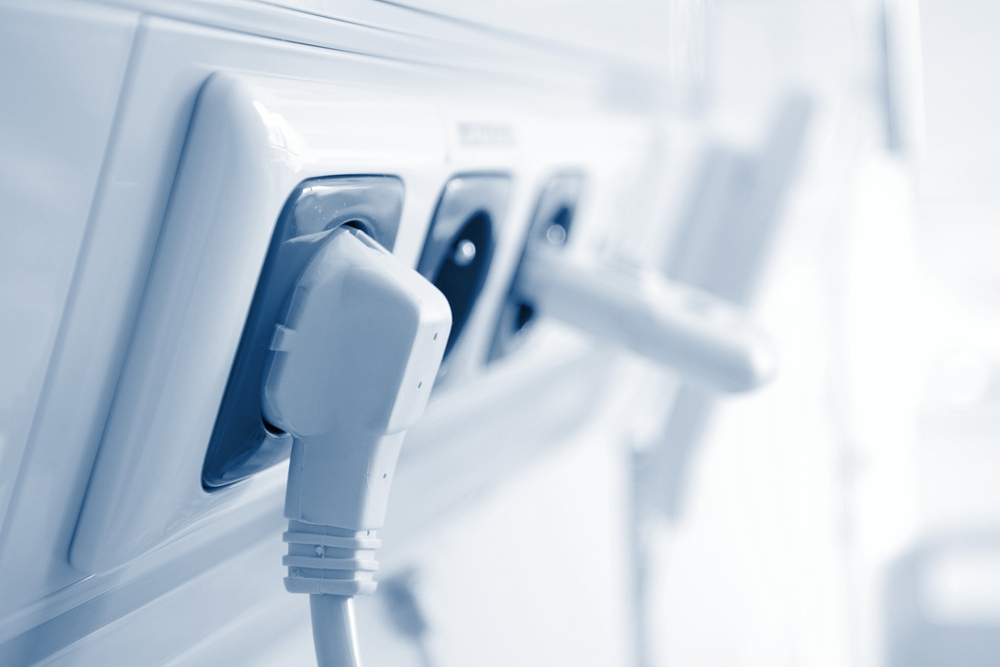How much do you know about PDU and UPS and the power setups in your office? Do you know how to keep your data safe during an outage? Do you know what the difference between PDUs and UPS systems are? Check out this guide to everything you need to know about PDUs, UPS units, and data safety!
Electrical basics
If you’re running a business, you need to make sure your office is equipped with the proper power setup. That means having a good understanding of electrical basics. For example, you need to know the difference between a UPS and a PDU. A UPS (uninterruptible power supply) is a device that provides backup power in case of an outage. A PDU (power distribution unit) is a device that distributes power to multiple devices. It can also measure power usage. We provide PDUs that have software to help you monitor your power usage and see what equipment is drawing the most electricity. They may also have remote management options so IT staff can manage the system from their computers rather than visiting each outlet individually.
Why do you need power distribution units in your office building?
If you have a lot of devices that need to be plugged in, you need a way to distribute the electricity so that everything can function properly. That’s where power distribution units come in. PDUs help make sure that your devices are getting the power they need when they need it. They also help with surge protection and allow you to connect more equipment at once. So what should you look for in a PDU? We’ll walk through some key features to consider below:
–Connection type: Many PDUs will offer multiple connection types, like RJ45 (Ethernet), coaxial (TV or internet cable), or USB, but what connection type do you need? It depends on the equipment you’re plugging into it! Ethernet is most common for computers, TVs, and other electronics. Coaxial is mostly used for televisions and ethernet connections might not always work well with older models of TVs. Make sure you know which connection type you need before making a purchase decision! Be sure to check the specs if there isn’t an obvious answer.
–Output wattage: All PDUs will list their maximum output wattage on their spec sheet, but this number is often lower than the actual wattage available for use because some energy goes towards powering the unit itself. The higher the output wattage, typically, the better performance you’ll get from whatever device you plug into it. Think about how many watts your device needs and then match up accordingly. For example, a laptop generally needs about 30 watts of power whereas a desktop computer needs around 200 watts.
–Type: There are two main types of PDUs: rack mountable and non-rack mountable. Rack mountable PDUs fit in racks (of course) whereas non-rack mountable units take up floor space instead. Most offices choose rack-mountable units because they take up less room and leave more room for things like chairs and tables. And while both types come with similar features, non-rack mountable PDUs tend to be less expensive. If you’ve got a smaller office building without much floor space, this may be the right choice for you! Just remember that you won’t be able to move them very easily later. The price difference between these two options can vary depending on the size of your office and its power demands, so talk to one of our experts today to find out which one would work best for you!
How many PDUs do you need in your office building?
You might not think about the power set-up in your office very often, but it’s actually a pretty important consideration. After all, you need to make sure that your electronics are properly powered in order to avoid any costly damage or downtime. So how many PDUs do you need?
Cables, cords, and switches – what they mean for your office electrical system
When it comes to your office electrical system, cables, cords and switches are important parts. Cables carry power and data between the different components of your electrical system. Cords connect all these pieces together while switches control how much electricity is delivered to each room, Your Choice of PDU determines how you enjoy them and how long they last.
Benefits of using PDUs
The benefits of using PDUs are:
Reduced Start-Up and Maintenance Costs
PDUs provide a more stable power supply, which means less disruption and downtime. Less maintenance is required because there are fewer components to be replaced or repaired.
Reduced Energy Use
Using PDUs will help you save on your energy bill by reducing the amount of electricity that you use. In addition, they also help reduce the need for heating and cooling systems in your building since they don’t draw as much electricity as other types of equipment.
Improved Safety and Security
With the proper setup, PDUs can help prevent accidents from occurring due to power surges or surges from other equipment within your facility. They also help provide a safe working environment for employees who may be working with sensitive data or equipment that requires extra protection.
Reach Out to us for your PDU setup.
